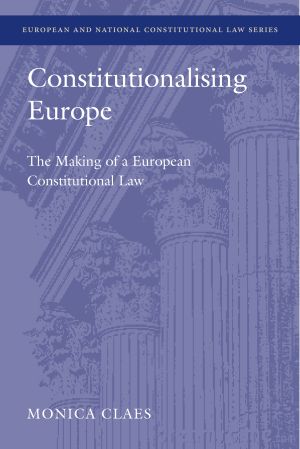
Constitutional discourse in the context of European integration has been both embraced and rejected, and has witnessed the rise and fall of the constitutional treaty, including the turmoil of the failed ratification process. This book discusses the making of a constitutional law for Europe understood in its broadest sense, as a composite constitution, consisting of constitutional rules and principles developed at the European level, complemented by national constitutional rules and principles as well as rules and principles from other sources such as the ECHR and international law. It shows how the national and European elements of this European constitutional law interrelate. Drawing on extensive comparative constitutional research, it explores the various dynamics of this intricate and multi-faceted relationship, uncovering the common European constitutional heritage on which the European Union is built, while paying attention to the rich diversity in constitutional traditions between its member states, as well as their constitutional identity.